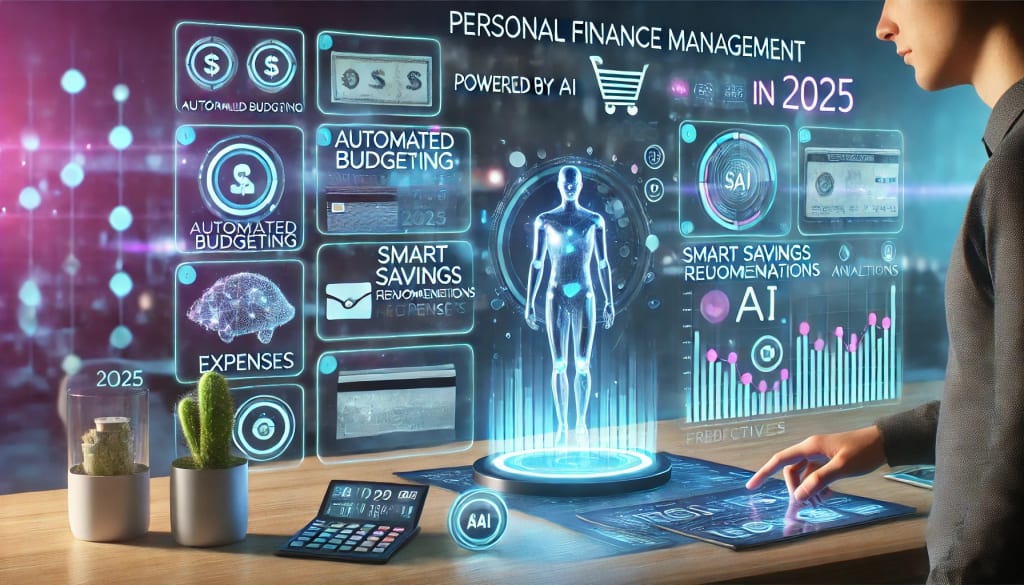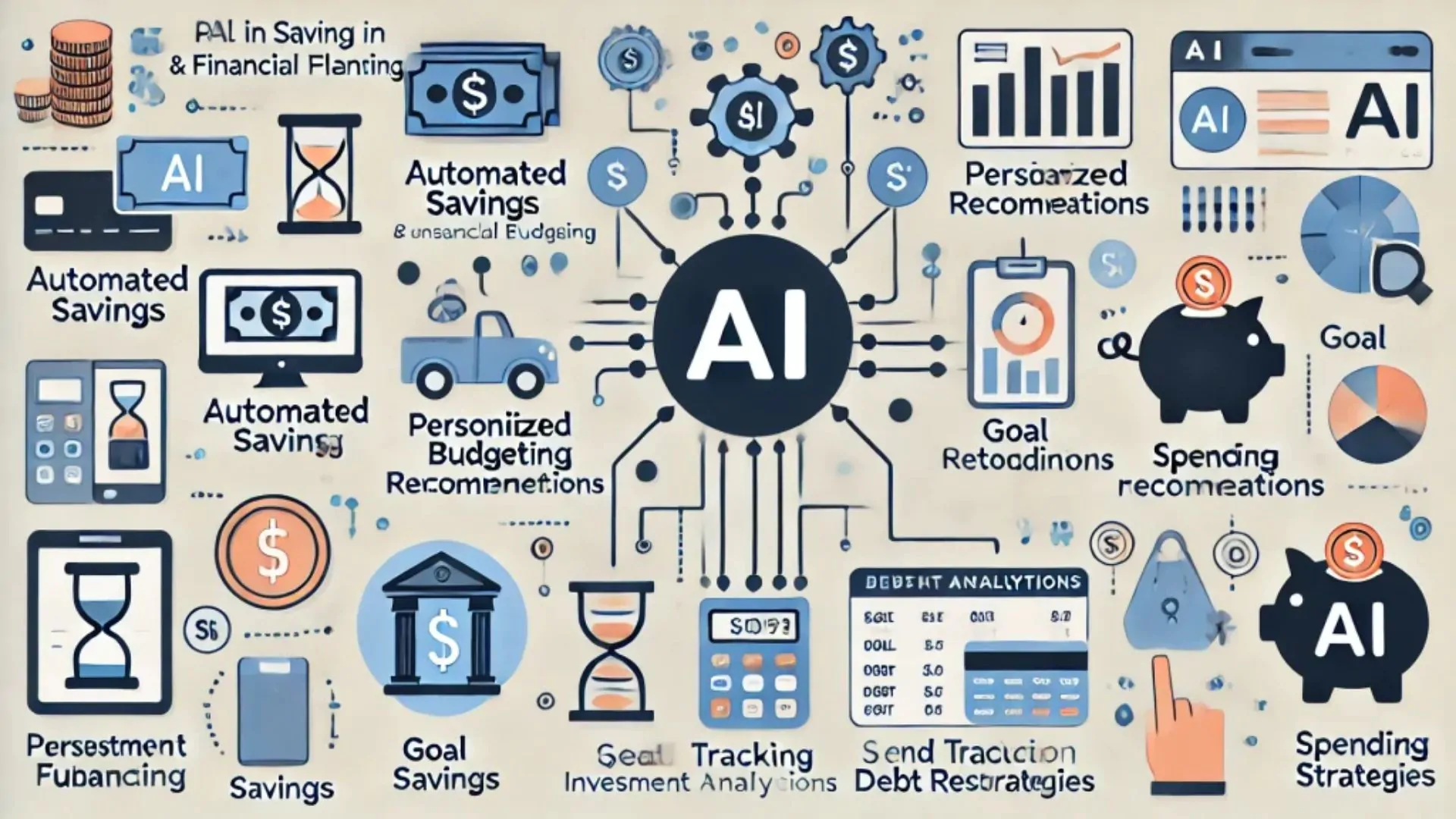A New Era of Banking Has Arrived
The American banking industry is undergoing one of the biggest transformations in its history — powered by Generative Artificial Intelligence (AI).
From risk analysis to customer personalization, AI-driven automation is helping banks cut costs, detect fraud, and make smarter lending decisions all in real-time.
According to McKinsey, banks that integrate generative AI tools effectively can boost productivity by up to 30%, saving billions annually in operational costs.
💡 What Exactly Is Generative AI in Banking?
Generative AI refers to AI models that can create new content or insights from existing data. In banking, it’s not about generating text or images—it’s about generating predictions, reports, and strategies that improve performance and reduce risk.
| Generative AI Application | Banking Use Case | Impact |
|---|---|---|
| Credit Risk Modeling | Analyzing borrower data to predict default risk | Faster, fairer lending decisions |
| Fraud Detection | Detecting suspicious activity in transactions | Reduces fraud losses by up to 70% |
| Customer Support | AI chatbots for 24/7 personalized service | Cuts service costs by 50% |
| Compliance Automation | Generating compliance reports automatically | Reduces human error |
| Investment Insights | Generating portfolio optimization suggestions | Improves ROI and client satisfaction |
💰 1. Smarter Credit Risk Management
Generative AI allows banks to analyze huge volumes of customer data—from spending patterns to employment trends to predict creditworthiness with unprecedented precision.
Instead of relying on static FICO scores, banks can now use AI-driven predictive models that evolve in real time.
Example:
JPMorgan Chase uses machine learning to assess small business credit risk dynamically, reducing default rates while expanding credit access to underserved groups.
🔒 2. Advanced Fraud Detection and Prevention
Fraudsters are evolving but so is AI.
Generative AI systems simulate fraud scenarios and train models to spot abnormal behavior in milliseconds.
- Detect fake accounts and money laundering patterns.
- Prevent unauthorized access with behavioral biometrics.
- Use AI-generated synthetic data to strengthen fraud defense.
Result:
Banks report up to 40% fewer false positives and faster fraud response times with AI-based systems.
⚙️ 3. Regulatory Compliance Gets Automated
The U.S. financial sector faces thousands of regulatory updates yearly.
Generative AI helps compliance teams summarize and interpret complex regulations, generate audit trails, and flag potential noncompliance issues automatically.
“Generative AI will soon be the compliance officer’s most trusted partner,”
Deloitte 2025 Banking Outlook
AI models can also create synthetic datasets for testing compliance algorithms without exposing sensitive data, enhancing both privacy and security.
💬 4. Hyper-Personalized Customer Experience
Generative AI powers AI-driven financial advisors that offer personalized insights like:
- “Here’s how to reduce your loan interest rate.”
- “Your spending suggests you can save $200 monthly.”
U.S. banks like Bank of America’s Erica and Wells Fargo’s AI Assistant already handle millions of interactions daily, proving that personalization builds loyalty and increases cross-selling opportunities.
📊 5. Portfolio and Investment Optimization
For wealth management and institutional investors, AI-generated predictions are transforming how portfolios are built and balanced.
Generative AI can analyze market volatility, macroeconomic trends, and behavioral signals to suggest optimal investment moves in real time.
| Feature | AI Advantage |
|---|---|
| Real-Time Analysis | Responds instantly to market changes |
| Sentiment Tracking | Uses news & social media to gauge investor mood |
| Predictive Forecasting | Generates accurate, data-backed predictions |
🧩 6. The Risk Management Revolution
Traditional risk management was reactive identifying risks after they occurred.
Generative AI flips that model to proactive prediction. It identifies early warning signs in:
- Loan portfolios
- Cybersecurity systems
- Market volatility
This allows decision-makers to act before losses happen. AI even helps simulate “what-if” scenarios to prepare for economic shocks or policy changes.
⚖️ 7. Ethical and Data Privacy Challenges
With great power comes great responsibility.
Generative AI also brings ethical and legal challenges especially around data privacy, bias, and accountability.
The U.S. banking sector must ensure AI transparency and regulatory compliance under frameworks like:
- Federal Reserve AI Model Guidelines
- Consumer Financial Protection Bureau (CFPB) AI Fairness Act
Banks adopting AI responsibly will win customer trust and avoid regulatory penalties.
🚀 Future of Generative AI in U.S. Banking (2025–2030)
By 2030, expect:
✅ Fully autonomous AI-driven risk departments
✅ Real-time, AI-powered investment banking decisions
✅ AI-generated financial products tailored to individuals
✅ Cloud-native AI ecosystems across all U.S. banks
Generative AI won’t replace bankers it will redefine their roles toward strategy, innovation, and human judgment.
🔍 Conclusion: The AI Banking Revolution Has Begun
Generative AI is not just a technological upgrade it’s a strategic imperative for every U.S. bank that wants to stay competitive.
From smarter credit models to real-time compliance automation, it’s reshaping how risk and value are managed.
As AI continues to evolve, banks embracing innovation early will dominate the next decade of finance.
For more on how AI is revolutionizing industries, stay tuned to EliteEraTrends.com your source for future-focused insights.













Leave a Reply